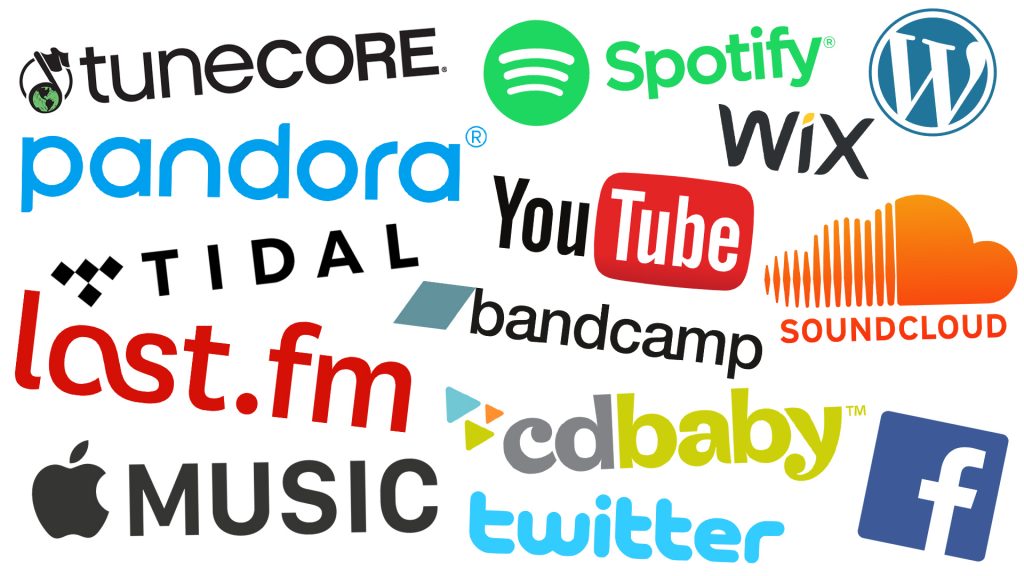The way we listen to music has undergone a remarkable transformation over the decades. From the analog charm of vinyl records to the digital convenience of streaming platforms powered by algorithms, the evolution of music consumption reflects both technological advancements and changing consumer preferences. In this article, we will take a journey through time to explore the evolution of music streaming, from its analog roots to the data-driven algorithms that curate our playlists today.
The Vinyl Era
Before the digital age, music lovers relied on physical formats to enjoy their favorite tunes. Vinyl records, characterized by their warm analog sound and large album covers, were the dominant medium for music from the mid-20th century onwards. Vinyl enthusiasts still appreciate the tactile experience of handling records, the visual artwork, and the nostalgia associated with the format.
The Cassette Tape and CD Revolution
In the 1970s, the introduction of cassette tapes offered portability and the ability to create mixtapes. The ’80s brought the Compact Disc (CD) revolution, promising digital clarity and durability. CDs dominated the market for years, but their bulky nature and susceptibility to scratches would eventually make way for a more compact solution.
The Digital Revolution
The late 1990s witnessed the advent of digital music formats like MP3, which allowed music to be compressed and easily shared online. This technological leap paved the way for the digital music revolution. Platforms like Napster disrupted the industry by enabling peer-to-peer sharing of music, raising questions about copyright and piracy.
Apple’s iTunes Store, introduced in 2001, offered a legal alternative to piracy, allowing users to purchase and download individual songs. It was a significant step toward monetizing digital music.
The Rise of Music Streaming
The 2010s marked the rise of music streaming services and forum boards. Spotify, founded in 2006 and launched internationally in 2011, played a pivotal role in popularizing the concept. Instead of purchasing individual songs or albums, users could access vast libraries of music for a monthly subscription fee or with ads.
Streaming platforms offered several key advantages:
- Access to Extensive Catalogs: Subscribers gained access to millions of songs, spanning various genres, eras, and languages, at their fingertips.
- Personalized Playlists: Algorithms analyzed listening habits to create personalized playlists, like Spotify’s “Discover Weekly” and “Release Radar,” introducing users to new music aligned with their tastes.
- Convenience: Music streaming eliminated the need for physical media, storage space, and concerns about damaged or lost music.
- Legal and Ethical: Subscription models provided a legal and ethical way to access music, reducing piracy rates.
The Role of Algorithms
Algorithms are at the heart of modern music streaming. They analyze user data, such as listening history, graphic art, liked songs, and user-generated playlists, to curate recommendations and playlists. Machine learning and artificial intelligence continually refine these algorithms, creating a dynamic and personalized music experience.
The Future of Music Streaming
As technology advances, the music streaming landscape continues to evolve. High-resolution audio, immersive spatial audio, and enhanced interactivity are on the horizon. Additionally, new platforms and features are emerging, catering to niche audiences and genres.
Conclusion
The evolution of music streaming, from vinyl to algorithms, reflects the changing landscape of the music industry and consumer preferences. While the nostalgia of vinyl remains cherished by collectors, streaming platforms have democratized access to music, offering convenience, personalization, and an ever-expanding catalog of songs. As technology continues to shape the future of music consumption, one thing remains constant: the universal human love for music, regardless of the format in which it is enjoyed.


